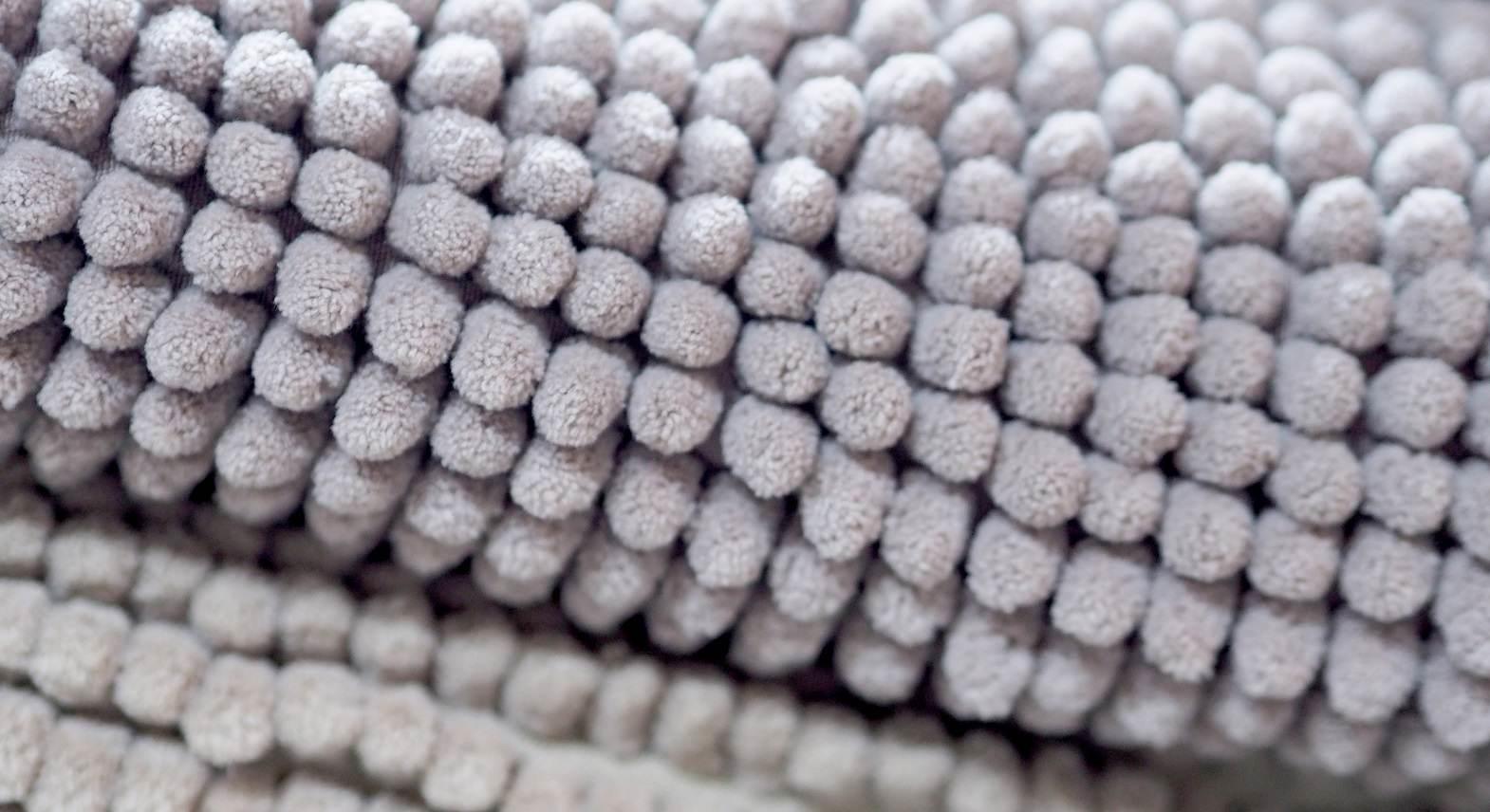More than nano growth
Nanotechnology-based textiles are in demand in several broader industries, following which there is a consistent flow of funds for research and development into the sector, mostly from government and private corporate houses. The global nanotechnology market is anticipated to grow at a CAGR of around 16.5 per cent between 2014 and 2020. The growth is the result of an expected rise in the worldwide sale of nanotechnology-supported technical textiles in medical, defence, automotive, construction, apparel and other businesses. Nanotechnology has resulted in the development of new fabrics that have improved functions and strength.
Global status of nanotechnology in textiles
Around 30 countries of the world are working on innovations in nanotechnology textiles with US, China, Canada, Germany and India leading the pack. In recent years, the Russian textile sector has shown a strong inclination in development of nano-textiles. In spite of Russia's strong scientific knowledge of the production of nano-textiles, the country has imported most of the nano-textiles it uses, from overseas markets. DowAksa Advanced Composites Holdings BV, Rusnano and Holding Company Composite (HCC) signed an agreement in 2013 that clarifies the terms of future investments in the Nanotechnology Center of Composites, which is a joint project of HCC and the Fund for Infrastructure and Educational Programs (FIEP, a member of RUSNANO Group). This move has marked the beginning of Russia's journey in nano-textiles.
Current application and concerns
Today, one of the fastest-growing segments in the application of nanotechnology is in sportswear and spacesuits. One of the most popular worldwide is the sharkskin suit based on a plasma layer enhanced technology. It assists trouble-free gliding through water. Nano-textiles are also a common sight in the healthcare industry in the form of smart surgical gloves and gowns.
The remarkable growth of nanotechnology textile products and the concern of the global community about the safety of these products are also on the rise. Dr Todd Kuiken, a research associate from US-based Project on Emerging Nanotechnologies (PEN) mentioned that with growing research and launch of fresh nanotechnology-based products, challenges for agencies like the Consumer Product Safety Commission are also on the rise. In the course of washing, textiles lose between five per cent and 20 per cent of total weight as a result of abrasion, washing detergents, etc. It is estimated that nano-textiles might also release individual nano-particles into the environment during washing via wastewater. Investigations on textiles containing nano-silver suggest that textile products lose up to 35 per cent of silver after the first wash. The silver ions of nano-silver are hazardous for aquatic organisms and micro-organisms in the soil.
Technology breakthroughs
These concerns, however, have not deterred the textile sector from developing new nano-textile products making them quite a wonder. A Belgian nano-coating manufacturer, Nanex Company, has developed unique nanotechnology-based solutions that impart a range of desirable properties to textiles and nonwovens. This coating when used in textile can make fabrics stain-resistant. The target customers of nano-coatings include both companies and individuals. Among the most popular ranges of the company is the Always Dry formula that keeps the surface dry by making it impossible for any fluid to adhere to the fabric.
Another path-breaking innovation is offered by Nano-Tex, headquartered in Oakland, California. The companys latest product Aquapel is seen as a major breakthrough in water repellence. The company has substituted the conventional fluorocarbon polymer with a hydrocarbon polymer, which is not only eco-friendly, but is also economically viable. NanoSphere, produced and promoted by Switzerlands Schoeller Technologies of Sevelen in cooperation with chemicals supplier Clariant of Muttenz, is one more addition to nano-textile enhancements. NanoSphere uses latest C6 fluorocarbon technology to brace textiles with a natural self-cleaning feature.
Future potential
The companies are now focussed on producing nano-textile products that include conventional properties and also meet international environmental, health and safety standards. With strict environment laws and growing awareness among consumers, it has become ethically essential for textile companies to maintain and set high standards in nano-textile products. Technology also has been finding its way into textiles. For example, attempts have been made to further develop clothing that will have sensing abilities. Companies are also developing textile-based nano-sensors, which open several avenues for nano-textile, including customised healthcare systems, monitoring wearers vital signs and creating clothing that quickly adapts to changes in the weather.
So, wheres the rider? One of the stumbling blocks in the expansion of nano-textiles is the high costs associated with technology. Temperature-regulated or thermo-regulated clothing are a common sight in the apparel market, but hefty prices keep customers away. Despite some cons, nanotechnology offers an array of qualities which make textile products stronger, lighter and highly durable, besides providing them with greater corrosion-resistance ability. Research relating to enhance the future of nanotechnology or to create extraordinary functions of textiles, points to a promising future.
References:
1. Nanomagazine.co.uk
2. Springer.com
3. Innovationintextiles.com
4. Smart-textiles.net
5. Azonano.com









Comments